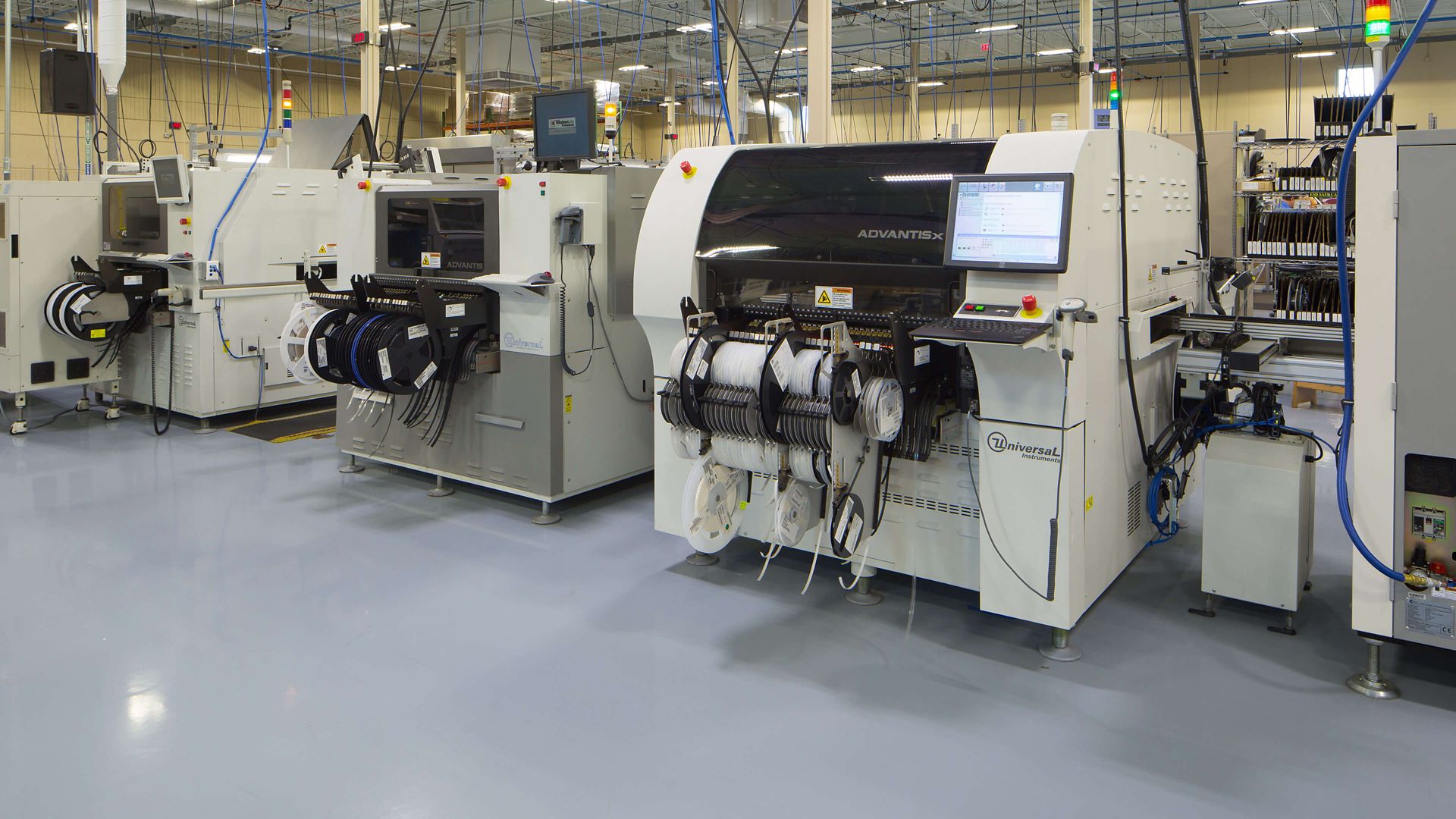11/09/2016
The ESD market is standards-driven: The electronics market worldwide is governed by the standard ANSI S20.20 and its identical European and Asian counterpart IEC 61340-5-2. As a result of the increasing sensitivity of electronic components and a vagary of ESD measurement in the workplace, the ANSI ESD S20.20 was changed in 2014 (effective January 2016) to reflect this.
NEW TESTING METHODS
ESD flooring for electronics manufacturing is tested for electrical resistance. In the previous version of S20.20, the resistance of the flooring/ESD footwear in combination was tested using a live person. It was assumed that if the resistance of the flooring/footwear combination was below a certain limit (35 megohms), it was statistically improbable that the person would generate a static field in excess of 100 volts, the industry-accepted maximum value.
There was also a second option- an “either-or” condition — wherein the first value could be exceeded if the floor was tested for body voltage generation and found to be less than 100 volts. In the new 2014 version this option has been eliminated and both conditions must now be tested and passed.
The rationale and justification for this change is simple: Some people may pass the flooring/footwear resistance test while not passing the body voltage generation test. This can be for a number of reasons, the most common of which is that body voltage generation depends on the person’s height and body surface area. Those who would fall on the edges of the height/area envelope could exceed the body voltage value and still pass the resistance value. As most ESD environments are controlled by ESD footwear testers, the body voltage value is rarely checked under normal circumstances.
Therefore, manufacturers are now required to test and confirm both values in order to maintain a compliant ESD environment.
Sikafloor 200, 340 and 700 particulate-based ESD flooring systems will, with proper ESD footwear in good condition, always meet both the resistance and body voltage requirements for the new and current versions of ANSI S20.20. In typical applications they will provide body voltage generation values well below 25 volts. With the use of the Sikafloor 220W conductive primer, these systems can be specified with a very high degree of confidence that they will meet not only the current requirements but also future requirements within the reasonable service life of the system.
Modern electronic components are becoming more compact, and the density of devices is far greater than it was only a few years ago. This is a continuing trend and today’s electronics manufacturers face an increasing challenge to maintain an environment that will protect increasingly sensitive devices from ESD damage. Sika ESD flooring systems will continue to be an important part of meeting that challenge.

